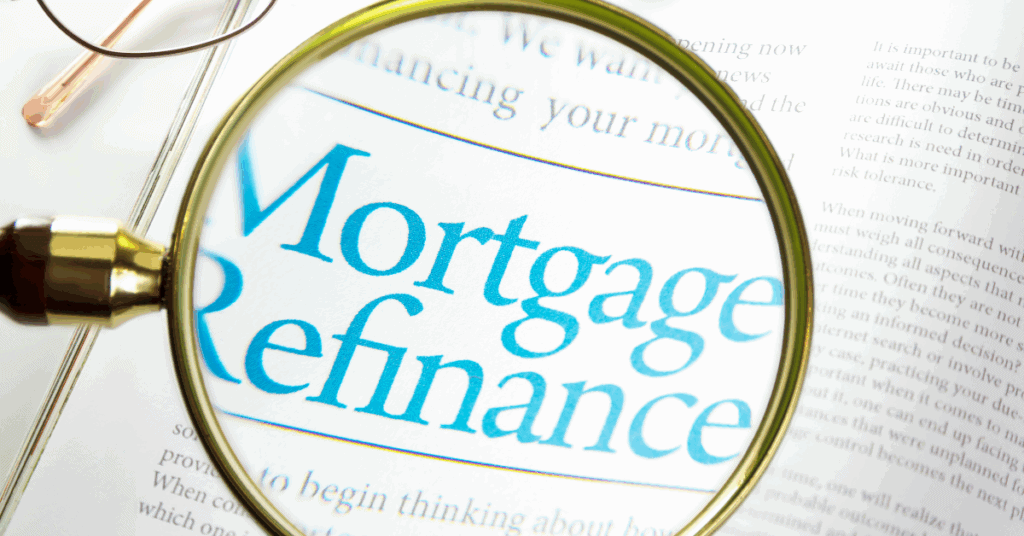Get Expert Financing
- Matched with investor-friendly lenders
- Fast pre-approvals-no W2s required
- Financing options fro rentals, BRRRR, STRs
- Scale your portfolio with confidence
As Americans continue to feel the sting of inflation, many homeowners are asking the question: How do I lower my mortgage payment?
In May 2024, the prices of goods and services increased by 3.3% over the same period the previous year.
With many home budgets feeling the pinch, homeowners are looking for a long-term solution to make ends meet, including ways to lower their mortgage payments.
In this article, MyPerfectMortgage.com will offer insight to those wondering how to lower their mortgage payments.
Many homeowners don’t realize that refinancing their mortgage can be one of the most effective methods of lowering monthly payments and putting more money back into their wallets.
Refinancing a mortgage involves replacing your existing loan with a new one, ideally with better terms. Depending on your mortgage type, various refinancing options may be available to you.
Refinancing can help to lower your mortgage payments in the following ways.
Securing a lower interest rate through refinancing is one of the most straightforward ways to reduce your mortgage payment.
If the current market rates are less than the rate you were given when you initially secured your mortgage or if your credit score has improved, refinancing can lead to significant savings.
By lowering your interest rate, you reduce not only your monthly payment but also the total interest you’ll have to pay over the life of the loan.
Refinancing to a shorter loan term—like swapping your 30-year mortgage to a 15-year one—can help you pay off your loan faster and reduce the interest paid over time.
While this may increase your monthly payments, the overall savings on interest can be substantial. This option is ideal if you’re financially stable and looking to repay your mortgage sooner.
Alternatively, you can extend your loan term through refinancing.
For example, if you have 20 years left on your current mortgage, you could refinance into a new 30-year loan. This option lowers your monthly payments by spreading them out over a longer period.
However, be aware that extending your loan term may result in higher total interest costs over the life of the loan.
Before refinancing, it’s important to carefully evaluate your current mortgage, equity, and overall financial situation.
This will help determine whether refinancing will lower your mortgage payment and be beneficial in the long run.
The status of your existing mortgage is a significant factor in deciding whether refinancing is the right move.
In simple terms, equity is the gap between what your home is worth now and how much you still owe on your mortgage—and it plays a significant role in refinancing.
The more equity you have, the better your refinancing terms will likely be. Having at least 20% equity will allow you to avoid PMI and secure a lower interest rate.
The loan-to-value (LTV) ratio determines how much of your home’s value is still covered by your mortgage. It compares how much you owe on your mortgage to the appraised value of your home.
A lower LTV ratio indicates higher equity, making you a more favorable candidate for refinancing.
The best rates are usually reserved for those with an LTV of 80% or less, although some lenders may allow refinancing with an LTV of 95% or even higher.
Your overall financial health, including your credit score and debt-to-income (DTI) ratio, will significantly influence your ability to refinance and secure favorable terms.
When considering refinancing, choosing the right type of loan for your needs is necessary to maximize your situation’s benefits.
Let’s look at the most common refinancing options.
The most common option for homeowners is a conventional rate and term refinance, also known as a no-cash-out refinance.
This conventional process involves refinancing your current mortgage to get a lower interest rate or change the loan term without taking out additional cash.
This is a popular option for homeowners with at least 20% equity, as it can eliminate PMI and reduce monthly payments.
FHA refinancing options are available even if your current mortgage is not an FHA loan.
This refinance particularly benefits homeowners with lower credit scores or less equity.
An FHA Streamline Refinance is a specific program that allows you to refinance with minimal paperwork, no appraisal, and potentially no credit check.
Homeowners with a VA home loan may refinance their mortgage to lower their payment through a streamline refinance.
Also known as the “VA Interest Rate Reduction Refinance Loan (IRRRL),” this VA refinance product allows qualified borrowers to secure a lower interest rate and, in turn, lower monthly payments.
Let us help you take the first step towards refinancing by matching you with the right lender for your needs.
Get started on your refinance now.Our advice is based on experience in the mortgage industry and we are dedicated to helping you achieve your goal of owning a home. We may receive compensation from partner banks when you view mortgage rates listed on our website.


